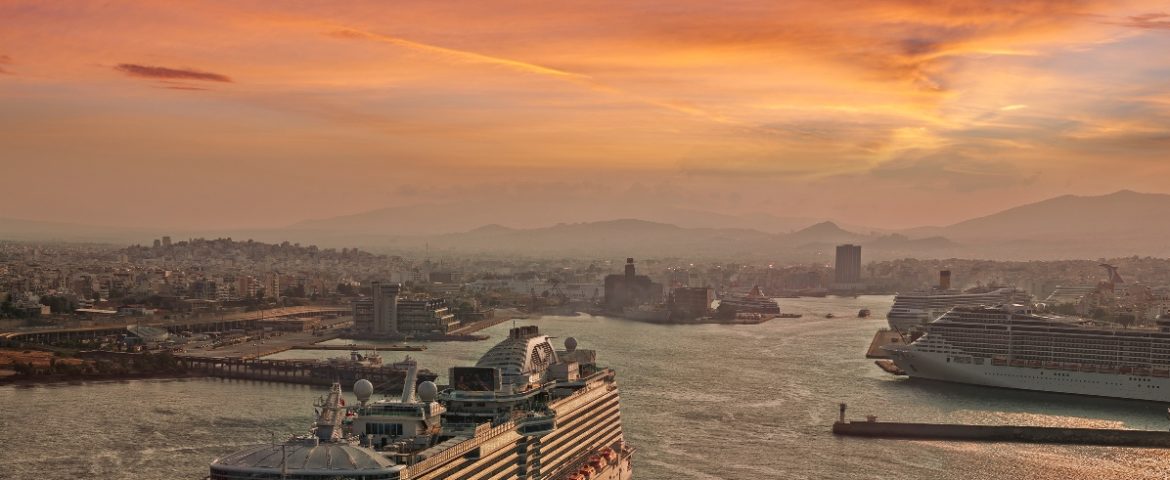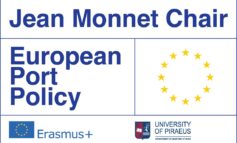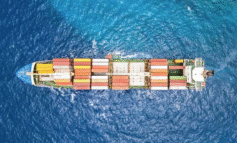With the exception of the COVID-19 days, cruise has witnessed an uninterrupted growth over each year of the last three decades. In their study, “the changing geography of cruise shipping”, Thanos Pallis and George Vaggelas discuss the trends that have been linked with this growth and detail the business strategies that the industry has developed in support of the observed growth and spatial expansion.
Understanding the changing geography and the particulars of the seemingly unstoppable, globalization of cruise shipping, is important. On the one hand, an increased number of ports and destinations are interested in hosting more cruise activities, seeking association with the considerable financial contribution of cruise to the port cities or nearby touristic destinations. On the other hand, as growth continues its upward trajectory, overcrowding and sustainability is a genuine concern in many destinations, while the regional business development model results in cases that the net benefit from cruises is questionable. Knowledge of the trends is a condition for understanding how to best address the various challenges and enable the growth of cruise activities to sustain.
The globalization of cruise activities is highly supported by profitable cruise lines who have endorsed economies of scale and advanced segmentation, in order to offer innovation and schedule new types of itineraries, and not least, by the desires and strategies of cruise ports to host more cruise activities. It is also advanced by changes in the demand side, in particular the growing internationalization of cruise passengers’ source markets.
Exploring the key features of the main regional markets, namely North America, the Mediterranean, and booming Asia, Thanos and George also reveal that regional variations of cruise shipping development sustain. Finally, the study discusses the challenges, the vital social, economic and environmental questions accompanying cruise growth and globalization, advocating that addressing these questions is the condition for securing the sustainable development of the globalized cruise industry.
Included in the brand-new multidisciplinary book “Geographies of maritime transport: transport, mobilities and spatial space”, edited by PortEconomics members Gordon Wilmsmeier and Jason Monios, the authors’ version of the study is available here:
Pallis A.A. and Vaggelas G.K. (2020). The changing geography of cruise shipping. In: Wilmsmeier G., Monios J., (eds.) Geographies of Maritime transport, 170-191. Cheltenham: Edward Elgar.












